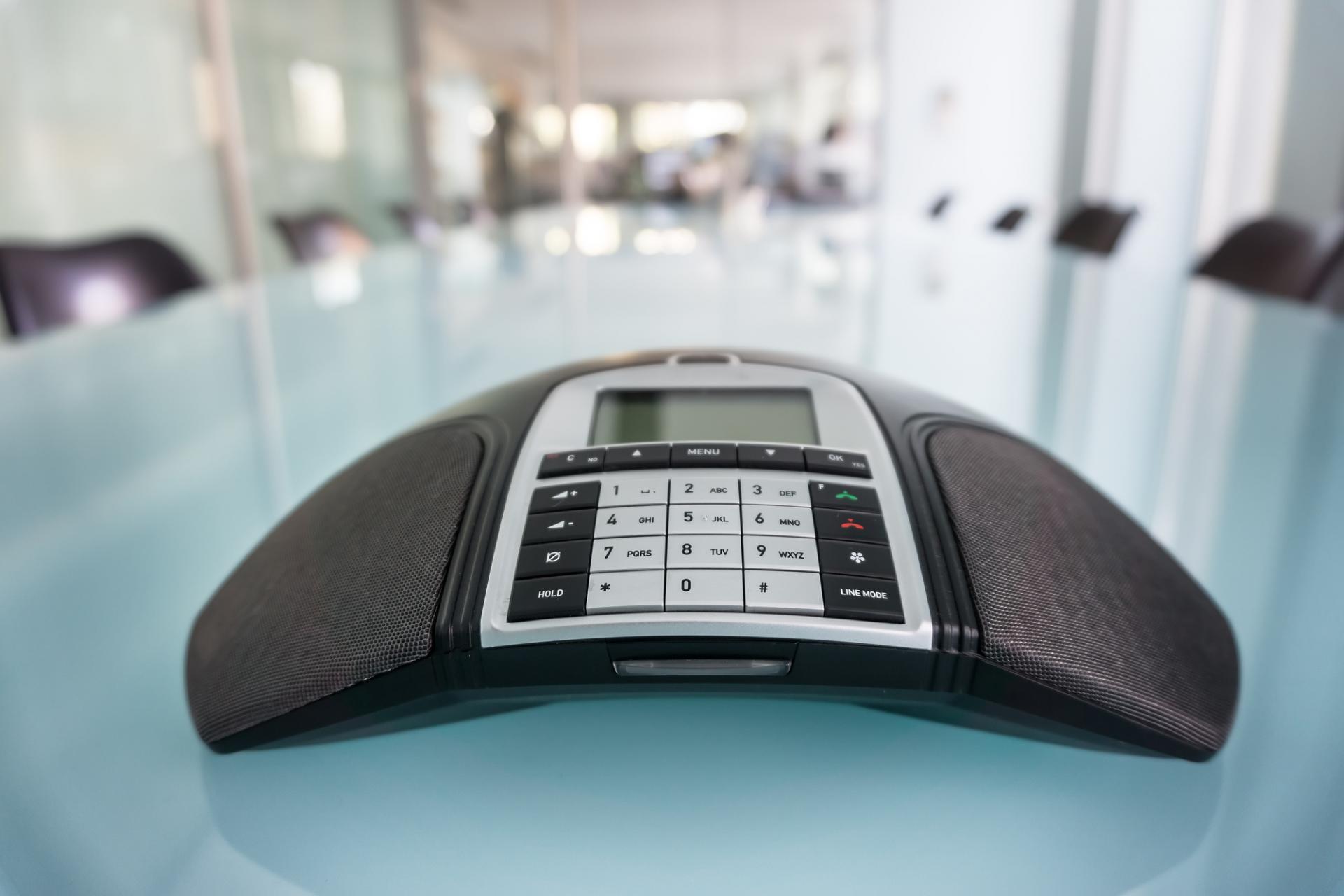
04
Oct
8 Essential Tips for Good Conference Call Etiquette
Almost 4 million U.S. employees now work on a remote basis. Many workers never step foot in an office. Instead, they do everything they need to from home or while they're traveling.
As the business world becomes increasingly remote, conference calls have cemented a place in the daily routine.
While conference calls can do wonders to connect people, a faux pas can derail a productive conversation in no time.
Here are eight conference call etiquette tips you need to follow.
Eight Ways to Improve Your Conference Call Etiquette
When an idea is too complex to explain without a thorough conversation or visual presentation, conference calls are a necessity. For 87 percent of businesses, they are the preferred way to communicate with a mobile workforce.To work properly, however, everyone needs to practice the same conference call etiquette. Here's how.
1. Arrive on Time
You may think punctuality isn't important for a virtual meeting, especially if you're only one of hundreds or thousands of participants.
Not only is it poor conference call etiquette to arrive late, it might be disruptive for everyone, too.
Many teleconferencing programs, by default, play a sound to alert the audience to each member's arrival. That means if you show up 15 minutes into a meeting, all of the other participants--and the meeting organizer--might hear a pesky little beep to let them know.
If multiple participants show up late, the constant beeps can overpower whatever the presenter is trying to say.
Your best bet is to join the meeting one or two minutes early.
2. Mute Your Line
This is the Golden Rule of conference calls. Unless you're about to speak, always mute your line.
Nothing sidetracks a meeting faster than distracting background noises. Ambient conversations, traffic, and even the sound of someone eating or breathing can interrupt a conference call.
Make sure your line always stays muted unless you really need to speak.
3. Watch Out for Video
In an effort to get as close to face-to-face communication as possible, some services include video feeds of the presenter--and participants.
Video conferencing can help if multiple people need to share physical objects. If your team has new design materials and mockups to review, for example, video may be the best way to do it.
Video can also have major drawbacks. Any eye roll, giggle, or other disruptive behavior could be projected on a big screen. If you're working from home, your coworkers and managers might get a glimpse of your PJs and messy bedroom.
Always check if your upcoming meeting has a video component. If so, dress up, find a neutral backdrop, and pay close attention to the material.
4. Don't Multitask
Trying to complete other work during a meeting is poor conference call etiquette.
Not only will you miss valuable information, you could leave your presenters hanging.
It can be intimidating to present to a virtual workforce. Presenters don't get the same nonverbal responses they get in person. It can be hard to know if their message is landing or if they've lost their audience.
Being an engaged listener can help encourage them that they're communicating clearly.
5. Treat Your Coworkers With Respect
Participants often forget to act with basic manners during a conference call. That means announcing yourself when you join a meeting, thanking the presenter once it's done, and saying goodbye to your coworkers before you leave.
Not all conference calls are the same, however. If you're joining a call with hundreds of other people, unmuting your line just to say hello could be distracting.
If you're not sure how to behave, just imagine what you would do in person.
If you walked into a room with 10 other employees, you would probably take a moment to say hello, right? But if you were in a large conference hall with 1,000 other guests, you wouldn't step on stage to wish them well after the presentation.
6. Organizers: Double-Check Your Invites
Your meeting invites need to be accurate before they go out to your guest list. Try to include as much information as possible, so participants know what to expect. At a bare minimum, your invite needs to include:
- The date, time, and time zone of the meeting
- How long the meeting will last
- The conference dial-in number
- The conference ID or PIN number that participants can use to join the meeting
- The meeting web address, if there's an online component
7. Tell Your Invitees How to Behave
If your meeting includes special rules, explain them in detail in the invitation.
That's the best way to get all of your participants to practice good conference call etiquette.
Alert your participants if you're planning:
- A video feed
- A chat box for questions
- A universal mute or the ability to unmute and ask questions
8. Test Your Conference Call Service in a Trial Run
The best way for organizers to make sure everything is going to run smoothly is to schedule a trial run first. This is especially true if your invite list is large. One small hiccup can send your teleconference spiraling out of your control.
Schedule a test run with the meeting organizers and anyone planning to present. During that time, make sure people will be able to hear the presenters and see any multimedia items, like a slideshow or video, over the connection.
You should also plan for your participants to make mistakes. Be prepared to:
- Mute people
- Turn off video feeds
- Silence entrance and exit beeps
For the best On-Demand Conferencing Service, Contact ConferenceTown.com
Are you looking for a free, reliable, on-demand service? Look no further. ConferenceTown.com can handle your upcoming conference call, no matter how many participants you need to reach. We offer instant, secure teleconferencing--for free. Find out more about how it works today. If you're ready to get started, sign up here.Comments
Read Our Other Blog Posts.